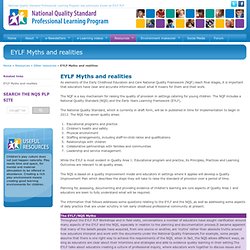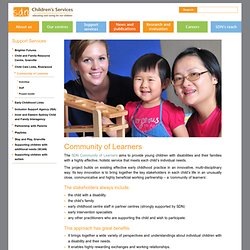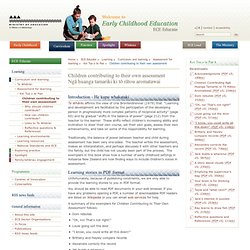

Voice, Tone, and Style: The Whys, Wheres, and Hows - GatherContent: A blog about content strategy and development. I love voice, tone and style guides.

It started on my first day working in content; the style guide I was given was like a printed A4 comfort blanket, giving me reassurance and confidence. My love hasn’t diminished over the years either; I still find them invaluable for writing and editing, and I see them as part of the foundation for a solid content programme. Despite this, they’re not a part of the content ecosystem that we talk about a lot, and there’s a surprising amount of complacency about voice, tone and style. I regularly come across brands that: don’t have a set of guidelines at allhave guidelines that aren’t fit for purposehave guidelines that sit ignored on a shared drive If you fit into any of these categories, I’d like to try and win you over to my way of thinking. Why you need a voice, tone and style guide It’s easy to assume that brand voice just comes naturally.
If this isn’t your situation, you need a voice, tone and style guide. Why? Questions from Legal Responsibilities session Feb 2014 (2) Www.zerotothree.org/public-policy/school-readiness-infographic.html. How to Write Awesome Facebook Status Updates. Precious Childhood: Magical, Mystical, Moving ...... Boys!!! A few months ago a very good friend, Alistair Bryce-Clegg of ABC Does, and I decided to write a simultaneous blog on a subject that is very close to both our hearts - BOYS!

Life got in the way and it is only now that we have managed to coordinate our diaries and publish our blogs! We do not know what the other has written and I am excited to find out what I will learn in Alistair's blog! I first met Alistair when we were both presenting keynote speeches at a conference and during Alistair's speech we had to take our shoes off, write holding a pencil with our toes, we had to build a den (cubbie) and then he poured water on us to see if it was waterproof! He made quite an impression!!! We met up at other venues where we were both presenting and then found that we were both working on separate projects in Liverpool. What is it about our boys? Www.earlychildhoodaustralia.org.au/nqsplp/wp-content/uploads/2012/05/NQS_PLP_E-Newsletter_No35. EYLF Myths and realities NQS PLP. As elements of the Early Childhood Education and Care National Quality Framework (NQF) reach final stages, it is important that educators have clear and accurate information about what it means for them and their work.

The NQF is a key mechanism for raising the quality of provision in settings catering for young children. The NQF includes a National Quality Standard (NQS) and the Early Years Learning Framework (EYLF). The National Quality Standard, which is currently in draft form, will be in published in time for implementation to begin in 2012. The NQS has seven quality areas: Bonnie Harris Connective Parenting: Articles ~ When Your Kids Push Your Buttons. By Bonnie Harris We all know the feeling.

Our child says or does that certain something, we see red and react in ways we regret. We feel out of control, blame the child, and set up our next power struggle. Community of Learners « SDN Children's Services. The SDN Community of Learners aims to provide young children with disabilities and their families with a highly effective, holistic service that meets each child’s individual needs.

The project builds on existing effective early childhood practice in an innovative, multi-disciplinary way. Its key innovation is to bring together the key stakeholders in each child’s life in an unusually close, communicative and highly beneficial working partnership – a ‘community of learners’. The stakeholders always include: the child with a disabilitythe child’s familyearly childhood centre staff in partner centres (strongly supported by SDN)early intervention specialistsany other practitioners who are supporting the child and wish to participate. This approach has great benefits: The SDN Community of Learners supports a minimum of 30 children with disabilities and their families, in up to 10 partner early childhood education centres in the Cumberland Prospect area of Sydney.
National Association for the Education of Young Children. Children contributing to their own assessment. Introduction - He kupu whakataki Te Whāriki affirms the view of Urie Bronfenbrenner (1979) that “Learning and development are facilitated by the participation of the developing person in progressively more complex patterns of reciprocal activity” (page 60) and by gradual “shifts in the balance of power” (page 212) from the teacher to the learner.

These shifts reflect children’s increasing ability and inclination to steer their own course, set their own goals, assess their own achievements, and take on some of the responsibility for learning. Traditionally, the balance of power between teacher and child during assessment has been very one-sided. The teacher writes the assessment, makes an interpretation, and perhaps discusses it with other teachers and the family, but the child has not usually been part of the process.